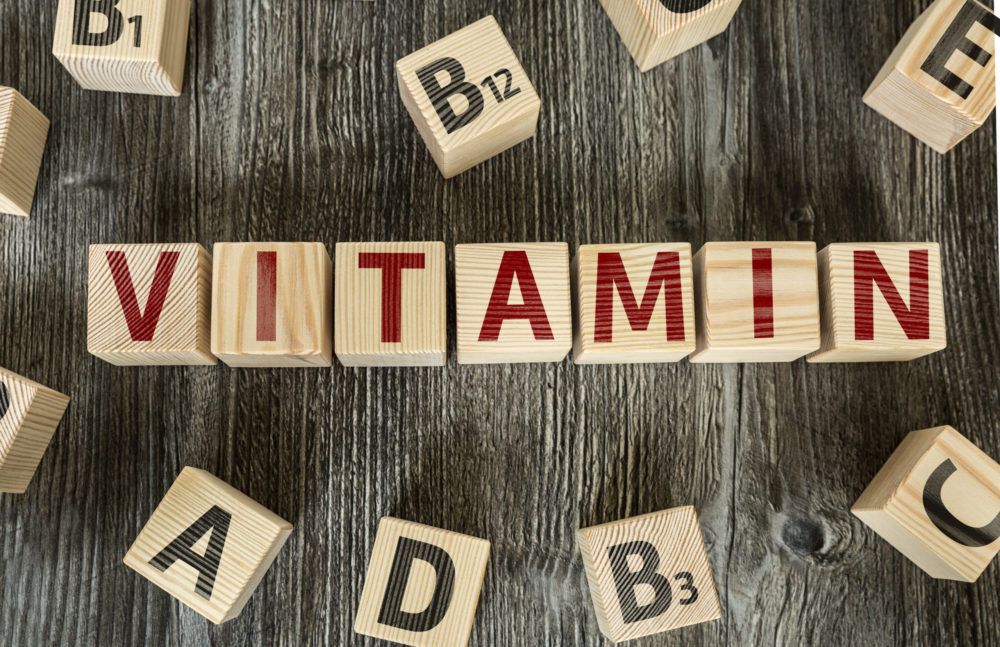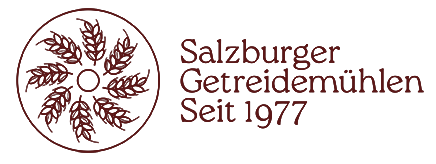Everyone loves the smell of freshly baked bread. So tempting that you want to cut a slice right away. But where does …

Important vitamins in the whole grain
As you will learn in most
of our blog posts
flour, which is milled from the whole grain, contains a lot of very important nutrients. The fact that cereals contain essential macronutrients (carbohydrates, proteins and fats) as well as a large number of indispensable micronutrients (minerals, vitamins, secondary plant compounds) makes the consumption of whole grains and products made from them more than just recommendable. 
Today we let you know what important vitamins are found in the whole grain. They are B vitamins, vitamin E and also the beta-carotene.[1]
The endosperm makes up the largest proportion of the cereal grain in terms of volume. However, this consists mainly of starch, whereas the edge layers and the cereal germ contains all those nutrients that are important for the human body. Thus, the vitamins in the cereal grain are also found both in the marginal layers and in the germ, which “[…] contains five times more vitamin B1 and ten times more vitamin E than the endosperm …”. [und] also carotene, the provitamin A […]” [2] Contains.
The vitamin content can vary both within and between cereals. An example of this would be vitamin E: per 100 g of corn kernels, the vitamin E content is 2 mg. In comparison, 100 g of green spelt contain only 0.3 mg.[3]
If cereal grains are allowed to germinate, vitamin synthesis may occur. For example, vitamin C, which is not otherwise found in grains, can be produced during sprouting. A study by Yang et al. (2001) showed that, in addition to vitamin C, the content of vitamin E and beta-carotene, as well as ferulic and vanillic acids, can also increase.[4]
Today you have learned what important vitamins are contained in the whole grain – namely, all B vitamins, vitamin E and provitamin A beta-carotene. And that is why we can only recommend the consumption of whole grain products.
[1] Koerber, K., Männle, T., Leitzmann, C. (2004): Whole food nutrition : conception of a contemporary and sustainable diet. Stuttgart: Haug, p. 245
[2] Münzing-Ruef, I. (2000): Course book healthy nutrition. The kitchen as a pharmacy of nature. Munich: Wilhelm Heyne Verlag, p. 298
[3] https://www.gu.de/media/media/40/01627514066527/9783833847974_leseprobe.pdf
[4] Yang, F., Basu, T.K., Ooraikul, B. (2001): Studies on germination conditions and antioxidant contents of wheat grain. Int J Food Sci Nutr, 52(4), 319-330.
Everyone loves the smell of freshly baked bread. So tempting that you want to cut a slice right away. But where does …
What is the difference? White flour:When the bran, i.e. the marginal layers, and the valuable germ are removed from the grain, we …
Hello and greetings! Also in the life of a mouse it is important to be always up to date and well informed. …
When it comes to eating breakfast, each of us has our own habits, certain preferences or maybe even skips the morning meal …
Address:
Gasteigweg 25,
5400 Hallein
Austria
Opening hours:
Monday to Thursday: 09 – 16:00
Friday: 09 – 12:00
Contact:
Phone: +43 6245 83282
E-Mail:
info@agrisan.at



